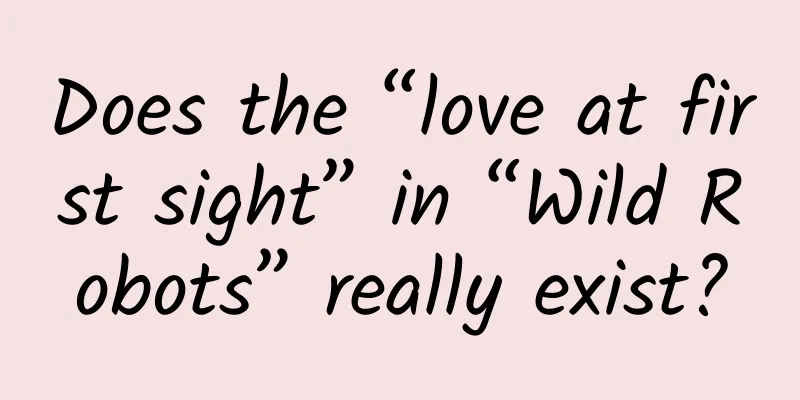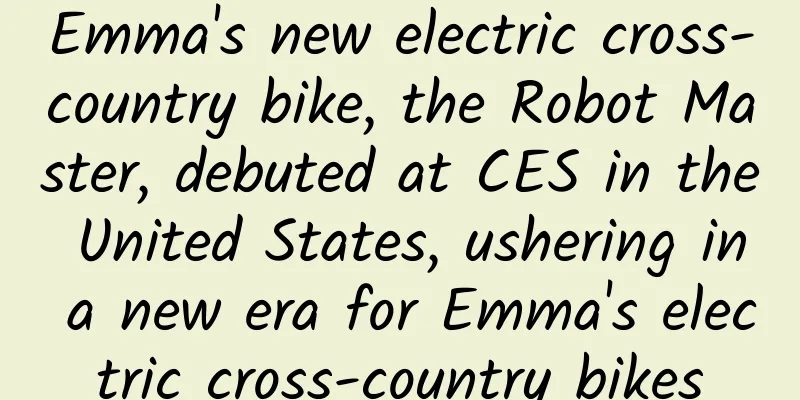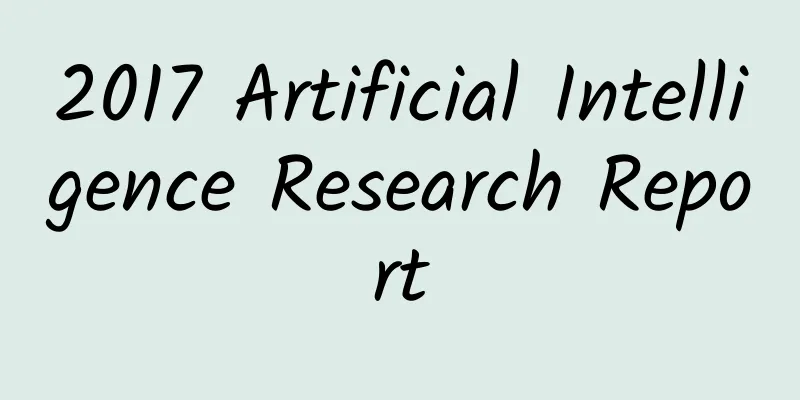Does the “love at first sight” in “Wild Robots” really exist?

|
In the cartoon "Wilder Robots", the robot Roz, who was stranded on a desert island, picked up an egg. The baby goose hatched from the egg saw Roz as soon as it opened its eyes and mistook it for its mother. In fact, this is a common phenomenon in the animal kingdom. "One look determines a lifetime" is an interesting phenomenon discovered by German behaviorist Heinlot in 1910: a newly hatched gosling will regard the first person it sees as its mother and instinctively follow her. Just like in the fairy tale "The Ugly Duckling", the goose baby has been following its mother duck since childhood. Based on his teacher's work, Heinlot's student Lorenz conducted a series of studies and found that even if the first object they see is not of the same species but other moving objects, or even moving toys, they will automatically follow it. Lorenz also observed that once the goslings have formed an "imprint" on other objects, they will not follow the real mother goose again even if they are sent back to the mother goose. In other words, once the following reaction is formed, they will recognize this one and will not follow others. He called this phenomenon the "imprinting effect". The core purpose of "imprinting" is survival, because the little animals that have just come into this world are very fragile. The only thing they can do is to rely on their parents to provide food and protection, and they also have to learn from their own kind to master the necessary survival skills. Lorenz proposed that "imprinting" has four important characteristics: First, imprinting is irreversible, and the imprinted object will never be forgotten and is difficult to change. Second, there is a sensitive period for imprinting, which only occurs within a very limited time after birth. Once the sensitive period is over, no matter how hard you try, imprinting will no longer occur. Third, what baby animals learn is not the characteristics of individuals (which goose is the mother) but the characteristics of the group (the goose is the mother, but the duck is not), so they respond to the entire species rather than just a certain individual. Fourth, imprinting will affect the future behavior of living things. For example, when a goose learns the characteristics of a goose when it is very young, then when it grows up, it will also look for animals with the same characteristics as a mate. Imprinting behavior is an instinct and a product of interaction with the environment. Because new lives are often surrounded by animals of the same species, in addition to food and shelter, imprinting can also allow them to learn necessary skills and behaviors from their own kind. In the movie, the baby goose's real mother and brothers and sisters were all killed in the disaster, and only this egg was left in the overturned nest. The baby goose, who has no one of its kind, can only recognize Roz by instinct and seek protection by her side. Roz's task is not only to feed the baby goose, but also to teach it to swim and fly. If in a normal environment, the baby goose can learn to swim and fly by learning from its mother, so Roz can only imitate the goose first, and then let the baby goose imitate him to learn. In psychology, Bowlby's "attachment theory" was deeply influenced by "imprinting", but human attachment is not completely equivalent to animal "imprinting". Attachment refers to the special close relationship between infants and caregivers formed at a very young age. Compared with "imprinting" for the entire species, attachment emphasizes the relationship with a unique individual, so it takes longer to form an attachment relationship than to form an imprint. Babies who are just 2-3 months old mainly identify things through smell and touch, so the mother who has the most close contact with the baby becomes the main target of his search. At the same time, the baby also sends a series of signals to the caregiver, such as crying, grasping, eye tracking, and smiling, to maximize the chance of getting close to the target object. As the baby grows rapidly and interacts more and more with the primary caregiver, the baby's target gradually narrows to one person before the age of six months, and only at this time is the attachment relationship officially achieved. The characters in the cartoon are anthropomorphic, so the baby goose not only forms an impression on Roz as soon as he opens his eyes, but also forms an attachment to the robot through contact. When the baby goose grows up, he finds a companion, but even though he knows that Roz is not his real mother and that he has to fly to a warm place with the geese to spend the winter and will meet other robots that look like Roz, he still only recognizes Roz as his mother. Even when Roz finally returns to the human world and has her memory erased, the baby goose still wants to find her. Roz in the movie is no longer a robot without thoughts and emotions. She has developed feelings for the baby geese and other animals, and is even willing to give up herself to help and protect them. It is because a warm "heart" begins to emerge under her cold and hard shell that the animals are willing to surround her. Written by Wang Richu, Institute of Psychology, Chinese Academy of Sciences |
Recommend
Why do mobile phones consume power so quickly? How to make the phone last longer
I believe everyone is familiar with mobile phones...
Is the effect of bidding promotion declining? You must analyze these 8 factors
Nowadays, most of our SEM promotions revolve arou...
Tik Tok’s 3 loops to retain users and its commercialization trends!
This article is mostly the author's own thoug...
Ogilvy's Brand Marketing Model and Strategy
This time, I would like to share with you Ogilvy ...
What can save you? ——Top 10 endangered species (1)
Translator's note: The International Departme...
Saw off a leg in 90 seconds! Before anesthesia, surgery was a "speed race"?
Audit expert: Zhu Guangsi Member of Beijing Scien...
Sohu Video Emoticons Time-travel drama "Da Xia Ri Tian" interprets the correct way to open the original IP
As concepts such as "pan-entertainment"...
How did Chai Jing’s documentary on smog become so popular?
The internet sensation Duang and skirts are still...
Community fission method in training and education industry!
Training and education are the best areas for soc...
A late bloomer in anatomy! He became a professor at the age of 60, was elected as an academician at the age of 72, and participated in manned space flight at the age of 80
On August 24, Zhong Shizhen, the founder of moder...
The answers to these questions that were not explained in "The First Lesson of School" are here
The First Lesson of School is also a science less...
Grill meat scientifically and become the coolest guy at the table!
As the weather warms up, it's time for a picn...
As interesting as the short track speed skating competition is Wang Meng's commentary! Do you really know short track speed skating?
In the short track speed skating mixed team 2000m...
Learn mathematical modeling and MATLAB programming in 7 days
Course Description This course requires a certain...
Changde SEO Training: How to solve the problem of unstable website ranking? Factors that affect the instability of website SEO keyword rankings
What should I do if the website keyword ranking i...









